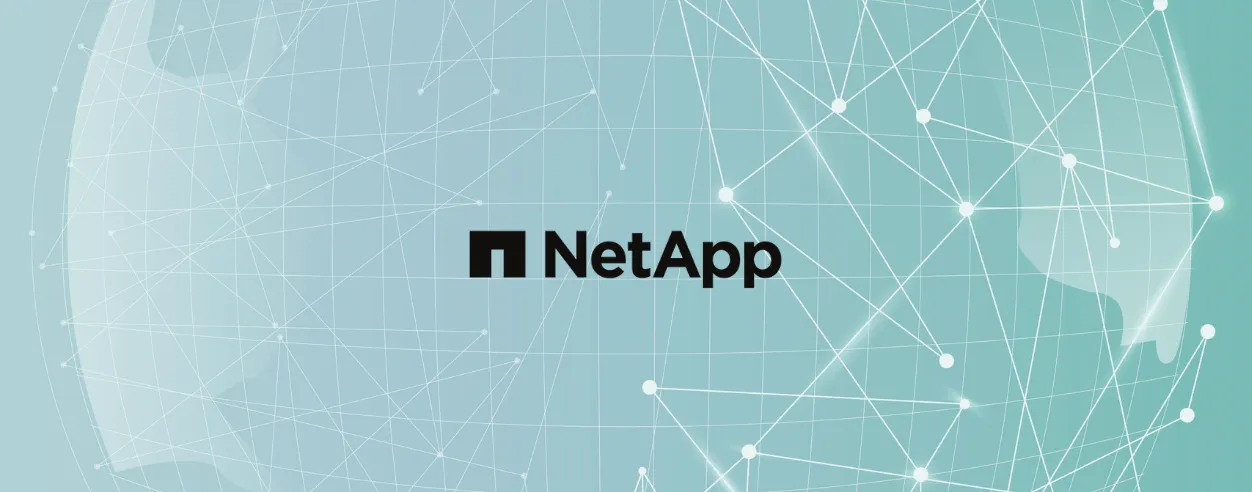Singapore – Aiming to address ransomware threats in both hybrid and multi-cloud environments, intelligent data infrastructure firm NetApp has recently announced the expansion of its cyber resilience capabilities through artificial intelligence and machine learning.
For this initiative, the company has introduced five new updates aimed at enhancing the ability of customers to safeguard and recover their data during threats of ransomware. These updates will cover both primary and secondary data for organisations, regardless of whether it is stored on-premises or in the cloud.
Among the five updates, ONTAP Autonomous Ransomware Protection with Artificial Intelligence (ARP/AI) will be responsible for real-time enterprise storage ransomware protection, offering increased accuracy and performance necessary to identify and counteract new, more sophisticated cyber threats.
NetApp BlueXP Ransomware Protection, on the other hand, will provide a single control plane designed to intelligently manage and execute an end-to-end, workload-centric ransomware defence.
This will help customers identify and safeguard critical workload data with a single click, while also automatically detecting and responding to potential attacks. This will also recover workloads within minutes, ensuring the protection of valuable data and minimising disruptive downtime.
Furthermore, application-aware ransomware protection via NetApp SnapCenter 5.0 is set to incorporate NetApp’s advanced ransomware protection technologies, providing customers with immutable ransomware protection for applications.
This version introduces support for key ONTAP features such as tamperproof Snapshot copy locking, SnapLock protected volumes, and SnapMirror Business Continuity, enhancing data protection for applications and virtual machines. It also supports application protection both on-premises with NetApp AFF, ASA, and FAS and in the cloud.
In addition, the NetApp BlueXP Disaster Recovery update will further feature seamless integration with VMware infrastructure. It will also offer storage options for both on-premises and major public cloud environments, eliminating the need for separate standby disaster recovery infrastructure and reducing costs.
Through this update, the failover and failback processes will also be simplified, enabling smooth transitions from on-premises VMware infrastructure to the public cloud or to an on-premises data centre.
Lastly, the NetApp Keystone ransomware recovery guarantee will now extend to the company’s storage-as-a-service solution, NetApp Keystone. This ensures the recovery of snapshot data in the event of a ransomware attack. In cases where recovery through NetApp is unsuccessful, compensation will be provided.
Speaking about the endeavour, Mignona Cote, CSO at NetApp, said, “NetApp is taking an aggressive and proactive approach to protecting our customers’ data against cyber threats using artificial intelligence. We are the first storage vendor to explicitly and financially guarantee our data storage offerings against ransomware. Today, we are furthering that leadership with updates that make defending data comprehensive, continuous, and simple for our customers.”
You Qinghong, solutions engineering lead for Greater China, ASEAN, and South Korea at NetApp, also commented, “In today’s highly distributed IT environment, organisations in Asia Pacific must look beyond the traditional perimeter to strengthen their cyber resilience and disaster recovery capabilities.”
“NetApp’s data-centric, inside-out approach to cyber resilience embeds AI-driven protection directly into the storage infrastructure, providing defence at its most critical point—where the data resides, in owned data centres or anywhere in the cloud,” added You.
Meanwhile, Archana Venkatraman, research director, cloud data management at IDC, shared, “Today’s cybersecurity teams face the monumental task of protecting their companies’ data from ever-evolving threats, especially ransomware.“
“NetApp’s approach to delivering a secure, unified storage infrastructure makes storage foundational for ransomware protection and reduces the burden on cybersecurity teams. Companies looking to fortify their cyber resiliency and shifting protection left will increasingly look to vendors that take a secure-by-design approach and develop unified storage and data services,” Archana explained.
Derek Elbert, solutions architect at WWT, further stated, “Using NetApp in our Advanced Technology Centre, we significantly simplified our replication process for VMware virtual machines and their underlying datastores to meet or exceed recovery benchmarks.”
“With NetApp’s solutions, we successfully established the recovery policies for cloud volume workloads or virtual machines with no existing DR strategy, managing everything through NetApp BlueXP. This transforms how we operate disaster recovery for VMware,” Derek explained.
Mark Cowley, deputy director at Children’s Cancer Institute, on the other hand, said, “To store sensitive genomics and health data, we have to use the right technology with layers of security built in.”
“With NetApp, we can be very confident that we are sharing the right data only with authorised researchers. The last line of defence is your weakest web-based system, so we’ve implemented role-based access and added resilience to all of our tools,” he concluded.









